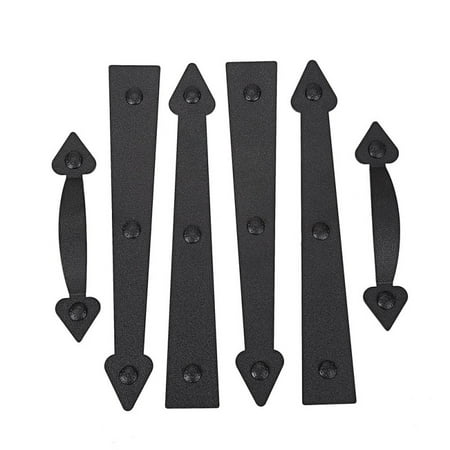Magnetic Garage Door Accents Decorative Carriage 4 Hinges 2 Handles Hardware Set
SpecificationsProduct Name:Garage Door HandleColor:BlackMaterial:ABS, MetalHinges:4 HingesHandles:2 HandlesFeature:MagneticNoteThe real color of the item may be slightly different from the pictures shown on website caused by many factors such as brightness of your monitor and light brightness.Package Included4 x Hinges2 x Handles






4 hinges and 2 handles that attach quickly and easily to steel garage doorsEasy installation without tools or drilling, so no voiding door warrantiesStrong magnets hold accents firmly in place through all seasons and all weatherMade of durable metal and weather resistant plastic that will not rust or discolor. Black antique powder coated finish, keep long time without color fadingDecorative garage door accents, easy-to-use. change your basic door into a more stylish, carriage door-without fancy installation





Reviews
There are no reviews yet.